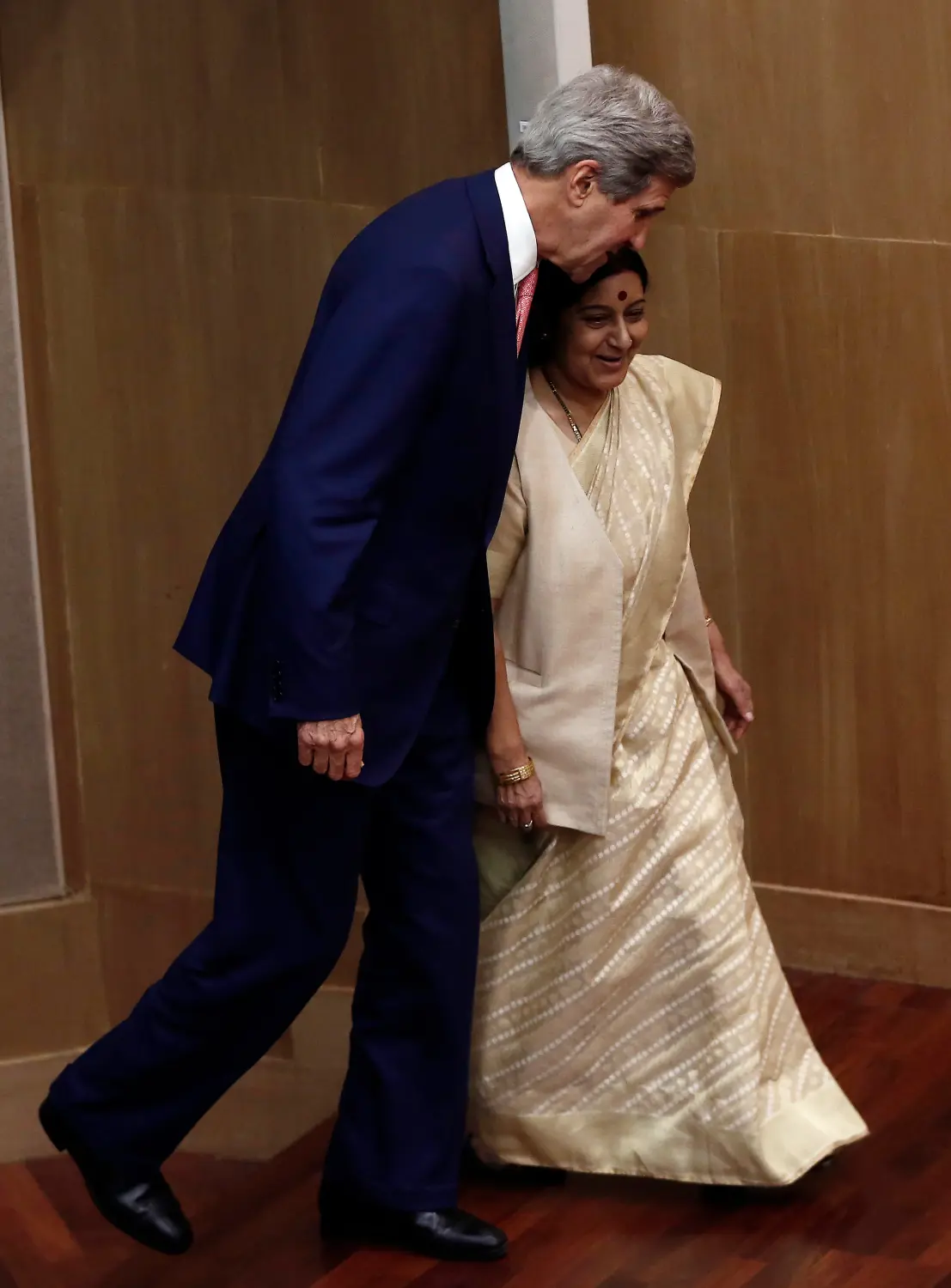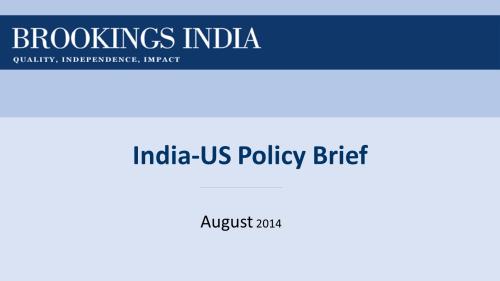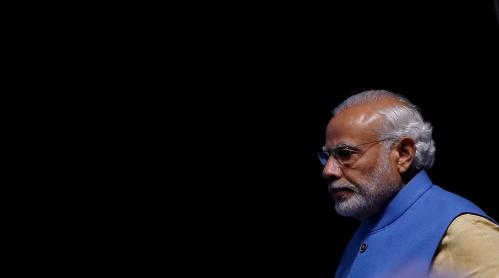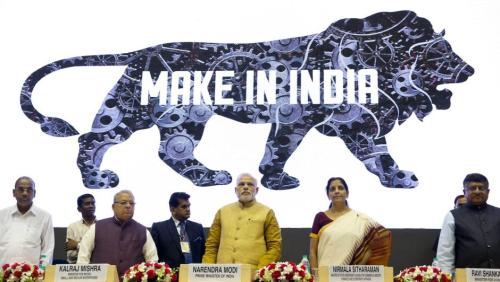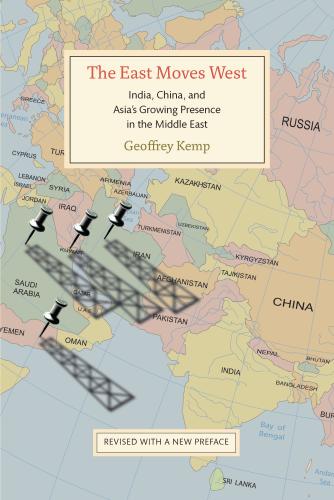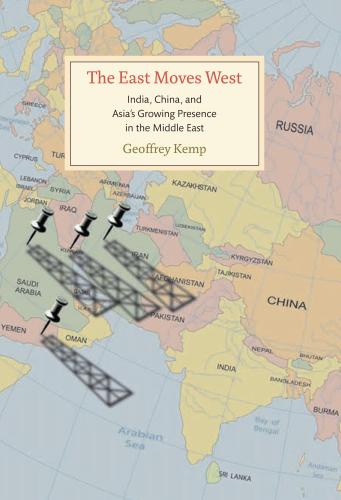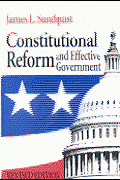Content from the Brookings Institution India Center is now archived. After seven years of an impactful partnership, as of September 11, 2020, Brookings India is now the Centre for Social and Economic Progress, an independent public policy institution based in India.
In this India-U.S. Policy Memo, Joshua Meltzer outlines the state of India-U.S. trade and investment relations. He emphasizes that, despite the impressive growth in the economic relationship, there remains significant room for improvement. He offers recommendations on how to enhance th
There are significant opportunities for India and the U.S. to deepen the bilateral trade and investment relationship. While the economic relationship has seen impressive growth over the last 10 years, this has been off a low base and there remains significant room for improvement. For instance, U.S. goods trade with China, a country with a comparable population, was over $560 billion in 2013—almost nine times U.S. trade with India. Another instance: South Korea, a country whose GDP is 60 percent that of India’s, in 2013 had a similar level of goods trade with the U.S. as did India.
Indian barriers to trade and investment, including lack of intellectual property protection and enforcement, continue to undermine the potential of the economic relationship. U.S. policy, such as limits on access to work visas, can also affect growth in economic ties.
Another complication: India is a WTO member but is not a party to the large regional trade negotiations involving the U.S., namely the Trans-Pacific Partnership (TPP) and the Trade in Services Agreement (TiSA). India, in turn, is negotiating the Regional Comprehensive Economic Partnership Agreement—the ASEAN+6 agreement—which does not include the U.S.
Overview of India-U.S. Trade and Investment
In 2013, India was the 18th largest goods market for the U.S. That year, total India-U.S. trade was $96.7 billion, up over 400 percent from $23.9 billion in 2003. Of this total, U.S. exports to India were $35.7 billion and imports were $61 billion, producing a bilateral trade deficit of $25.4 billion in 2013, up from a deficit of $6.3 billion in 2003.
A key feature of growth in bilateral trade has been in services, which grew 600 percent since 2003, from $5.8 billion to $32.5 billion in 2013. This includes an increase in India’s services exports to the U.S. of over 900 percent since 2003—from $2 billion to over $19 billion in 2013—and growth in U.S. service exports to India of over 350 percent from $3.7 billion in 2003 to almost $13.5 billion in 2013. In fact, since 2006 the U.S. has had a growing services trade deficit with India, even though the U.S. runs a services trade surplus with the rest of the world.
This services deficit largely reflects the growth in India as a destination for outsourcing by U.S. companies. Outsourcing has given U.S. businesses access to lower cost services inputs that has allowed them to be more competitive in the U.S. and overseas. There have been concerns, however, that outsourcing can negatively affect U.S. jobs.
For the U.S., tourism and education are the largest services exports to India.
Total goods trade has also grown substantially—over 400 percent from $18.1 billion in 2003 to $64.2 billion in 2013. The U.S. has a growing trade in goods deficit with India, which was almost $20 billion in 2013, up from $8 billion in 2003.
The U.S. stock of foreign direct investment (FDI) in India has also increased—over 600 percent since 2003—from $4.8 billion in to $28.4 billion in 2012. And while Indian investment in the U.S. has experienced 1400 percent growth, this was off a low base of $350 million in 2002 and was only $5.2 billion in 2012.
Key Recommendations for India and the U.S.
• Commit to a deadline to conclude a Bilateral Investment Treaty. This will signal Indian government support for growing U.S. investment and provide a rules-based framework within which this can occur. It will also support growth in services trade which can be provided through FDI.
• Develop a dialogue with Indian regulators to address how India’s “Decade of Innovation” can be supported by stronger protection and enforcement of intellectual property rights.
• Affirm the administration’s support for extending access to H-1B visas for students having completed postgraduate U.S. degrees.
• India’s new government has yet to develop its trade policy. This presents an opportunity to develop a dialogue with India as to what Indian economic reforms could facilitate it joining either the TPP or the TiSA should it wish to do so.
The Brookings Institution is committed to quality, independence, and impact.
We are supported by a diverse array of funders. In line with our values and policies, each Brookings publication represents the sole views of its author(s).

